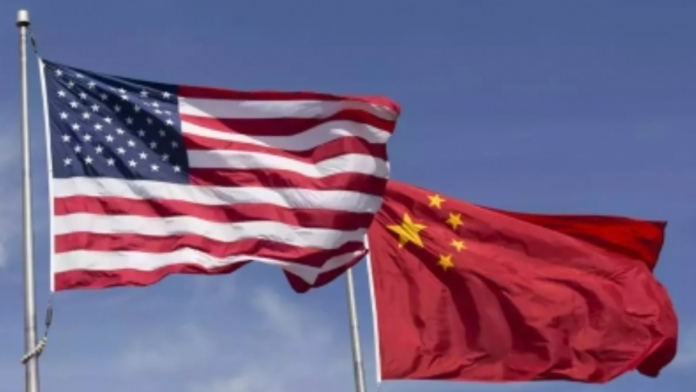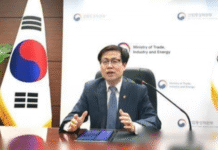Beijing– Escalating tensions into a full-fledged trade war, China announced on Friday that it will impose an additional 34% tariff on all imports from the United States beginning April 10. The announcement was made by the Customs Tariff Commission of the State Council.
The move comes in direct response to the U.S. government’s implementation of “reciprocal tariffs” on Chinese exports to the United States. According to China’s official statement, the U.S. tariffs violate international trade rules, severely undermine China’s legitimate trade interests, and represent what Beijing describes as a “typical act of unilateral bullying,” state-run Xinhua News Agency reported.
In a further retaliatory measure, China’s Ministry of Commerce said it is adding 11 American companies to its “unreliable entities” list. This designation bars the listed firms from conducting business in China or with Chinese entities.
The ministry also announced new restrictions on the export of critical rare earth elements—including gadolinium and yttrium—which are primarily mined in China. These materials are essential in high-tech applications, ranging from electric vehicles to precision-guided weapons.
Former U.S. President Donald Trump recently imposed 54% reciprocal tariffs on Chinese goods, which includes previously existing duties. This puts China among the hardest-hit countries on the new U.S. tariff list.
Investment bank JPMorgan has raised its forecast for a potential global recession, now estimating a 60% likelihood of a downturn by the end of 2025—up from its previous 40% estimate.
While the tit-for-tat tariffs are expected to negatively impact global trade, analysts suggest Indian exporters may find new opportunities as Chinese goods face significantly steeper tariffs—some as high as 65% or more.
India, which now faces a 27% tariff under the U.S. plan, finds itself in the lower half of targeted nations. Experts say this could create openings for Indian exports across sectors like electronics, textiles, gems and jewelry, apparel, and engineering goods.
“This shift in tariff dynamics could tilt competitiveness in India’s favor, especially in industries where regional competitors like China are more heavily impacted,” experts noted.
To capitalize on this emerging advantage, experts recommend that India continue engaging with the U.S. to preserve market access, while also strengthening trade ties with Free Trade Agreement (FTA) partners across Asia to diversify and realign supply chains. (Source: IANS)








